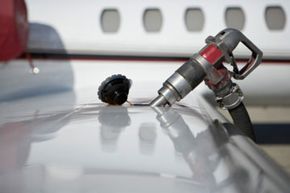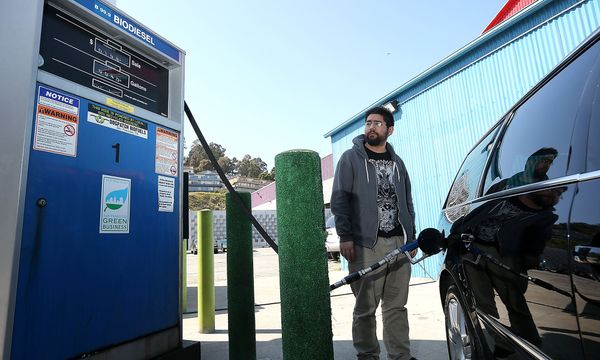Not long ago, the answer to this question would have been no. But by spring of 2011, the leading international standards board is expected to approve a biofuel for use in jet engines.
The greatest obstacle, at this point, is not whether the fuel is safe, but whether it's possible to claim enough land to grow enough plants to feed the demand.
Advertisement
For the last few years, governments and corporations have been spending money, doing research and even flying planes with biofuel blends to give it a try. The key to safe jet fuel is the freezing point. If the fuel freezes at high altitudes, it won't work. For this reason, aircraft typically use kerosene.
The problem with some biofuels, such as biodiesel, is that they turn to gel at cold temperatures. To solve the problem, you can either engineer fuel heaters into the aircraft or not fly the plane too high. You can also use a more complicated refining process.
Advertisement

